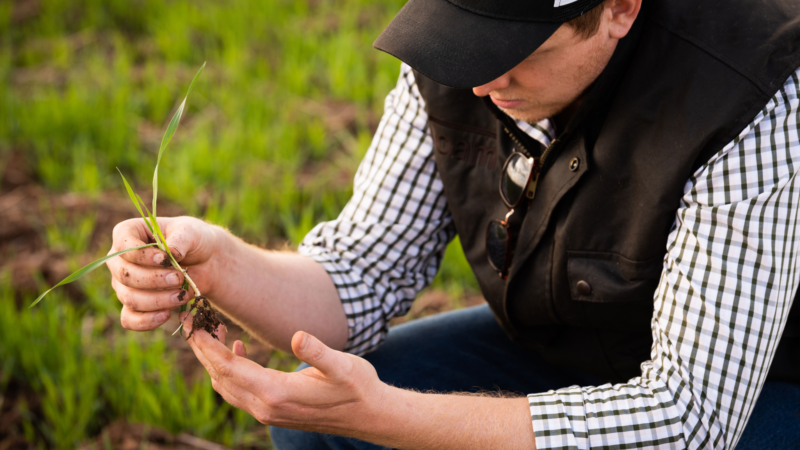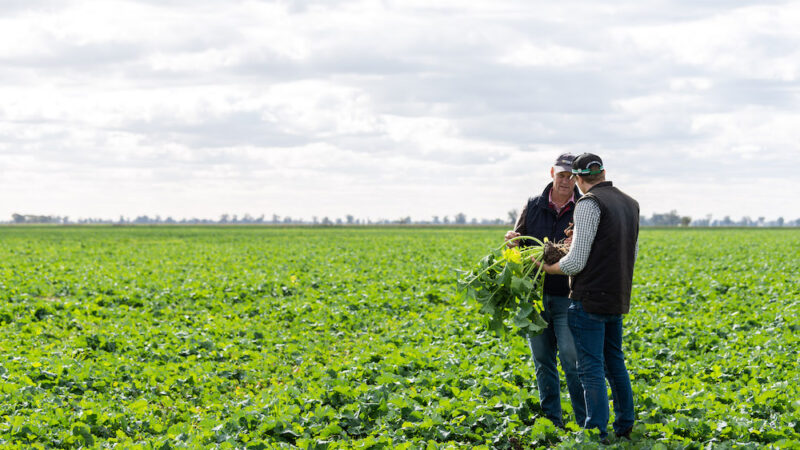Regenerative Cropping Spiralling Upwards
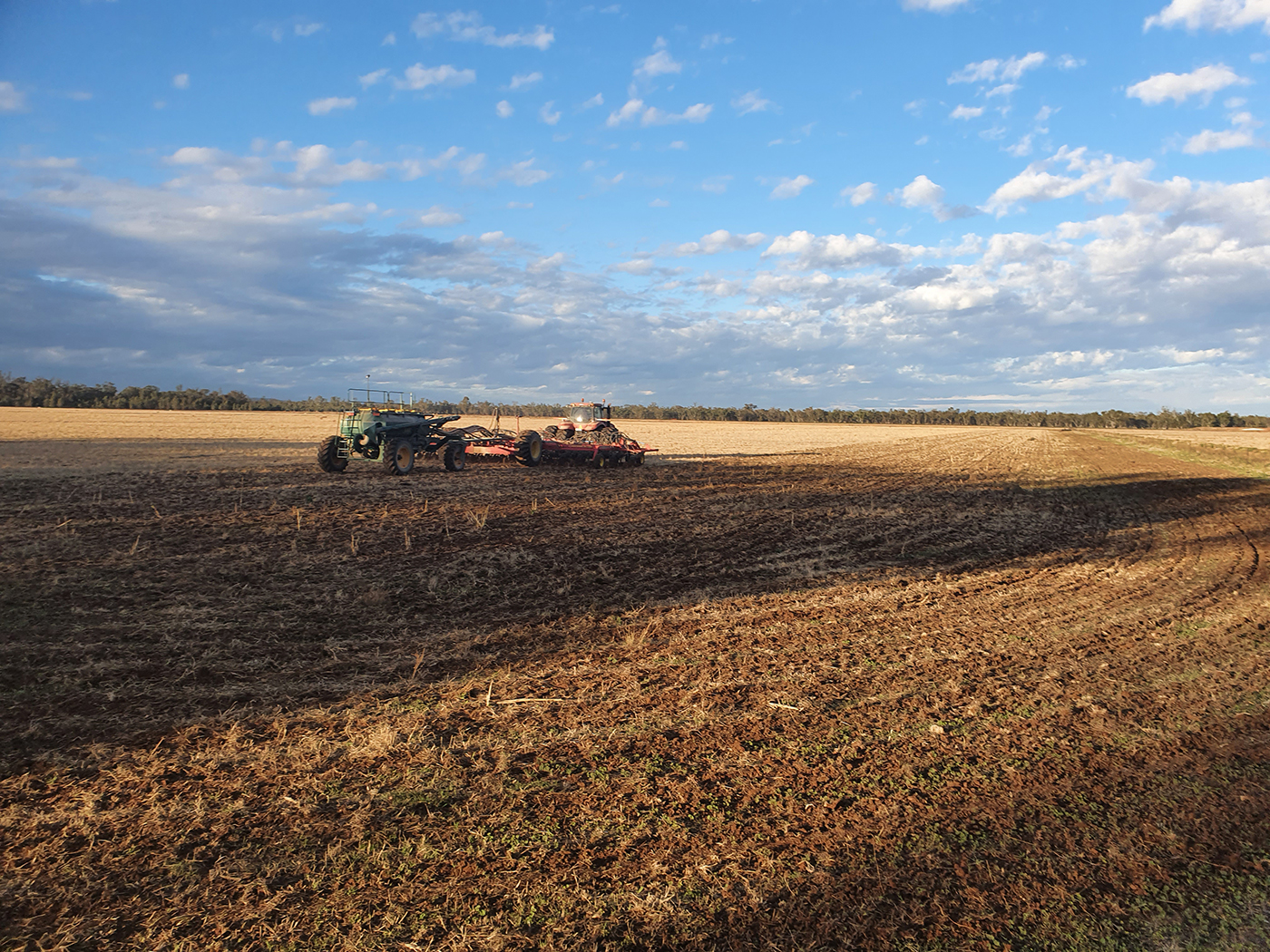
Regenerative agriculture is sometimes dismissed as meaning all things to all people, but to David McLean from Resource Consulting Services (RCS) the answer is clear. �Regenerative agriculture is about the outcomes you achieve, not the inputs you use.�
To achieve regenerative outcomes, you need to adopt practices that regenerate healthy soil, improve plant health, and regenerate animal and human health, which then regenerates businesses, and together they support thriving communities.
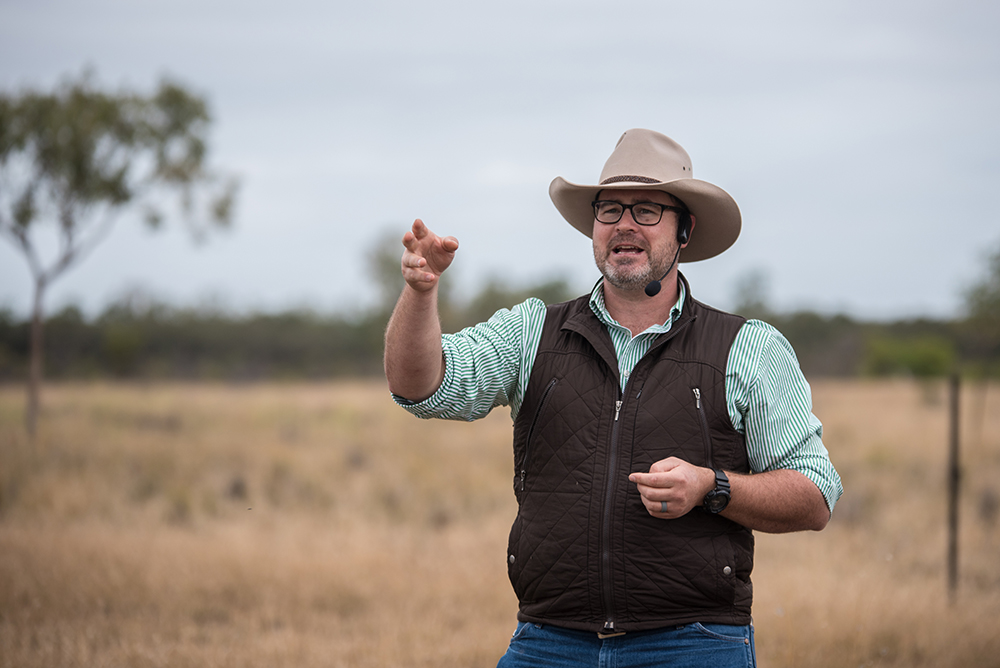
David McLean is Chief of Delivery at RCS, Australia�s leading provider of education, training, and advisory services in regenerative agriculture. �There is no one silver bullet for regenerative agriculture. It is about balancing many things, and fundamentally you need to have your agricultural systems spiralling up towards improved biodiversity and health, rather than spiralling down towards degradation.�
Moving forward, verification is going to become increasingly important in regenerative agriculture as opposed to accreditation. �Again, it is about outcomes. If you can demonstrate that your soil carbon is increasing or that you�re building natural capital, you�ve got evidence that your farm is regenerating,� McLean said.
Promoting biodiversity is central to the success of regenerative cropping, and photosynthesis drives biodiversity.
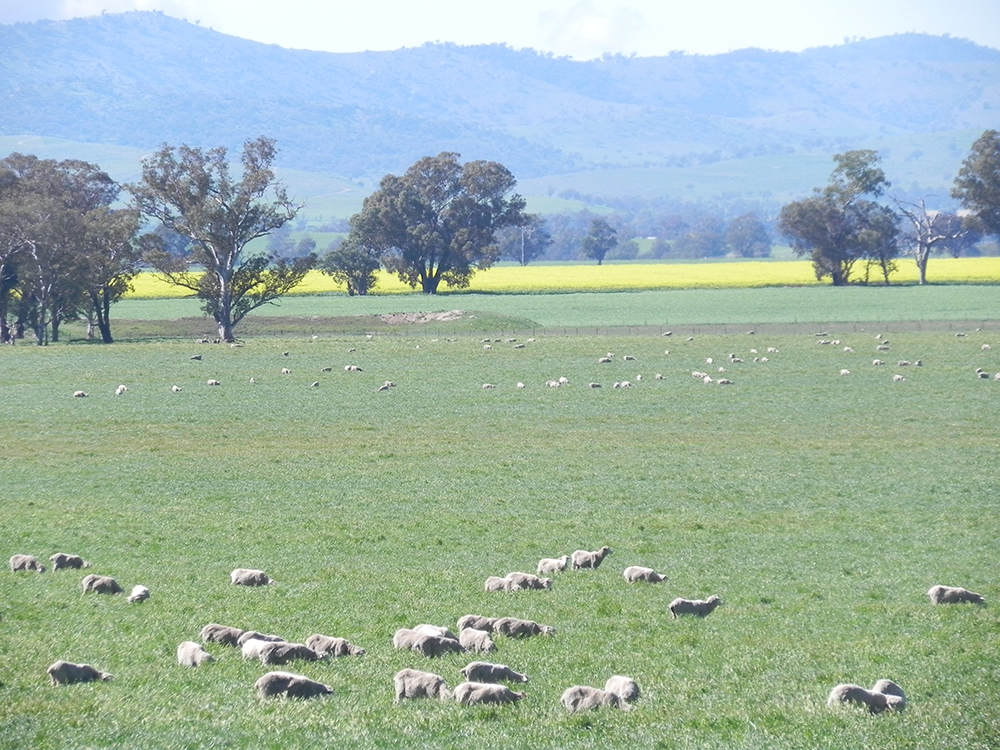
�Research shows that many plants are only operating at 11% of their photosynthetic potential. We are finding that as soil health improves, photosynthetic capacity increases, akin to having more solar panels in a solar farm.�
�As soil health improves, the plant directs more energy into plant production above ground and shunts less energy through its roots to repair soil health.�
Another benefit of improving soil health is reduced risk. Regenerating soil results in higher Brix measurements in crops, and two of the many benefits of higher Brix readings are improved frost tolerance and reduced insect predation.
Ran Mitchell, a regenerative cropper west of North Star in NSW, witnessed this first-hand two months ago. �For three days, I watched a thick swarm of plague locusts fly right across my healthy cowpea crop to eat a struggling crop next door. It was quite incredible,� Mitchell said.



